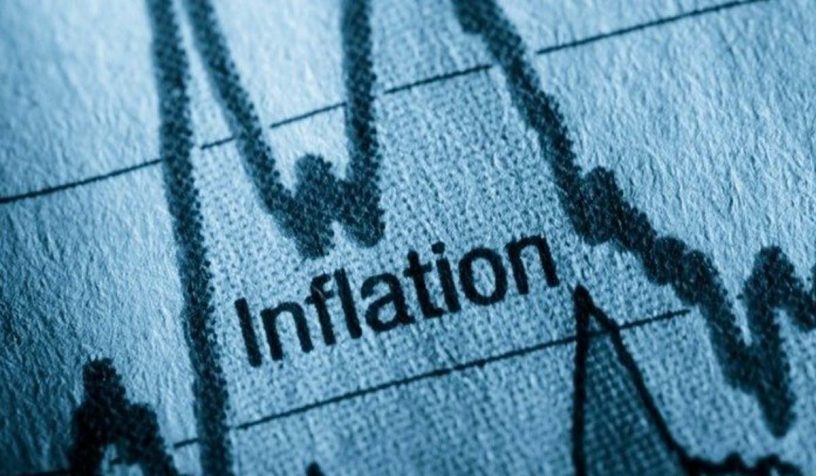
After adoption of inflation targeting, there has been reduction in the volatility of trend shocks in all the BRICS economies, finds the study.
Author
Dony Alex, Associate Professor, Jindal School of Liberal Arts and Humanities, O.P Jindal Global University, Sonipat, Haryana, India.
Summary
We investigate through a time-varying trend inflation model the anchoring of the inflation process in the five largest emerging economies: Brazil, Russia, India, China and South Africa (also known as the BRICS countries) since 1990s. Our analysis is based on a non-centered unobserved components stochastic volatility model of inflation. We decompose inflation into a permanent stochastic trend and a transitory (inflation gap) component.
Monetary policy frameworks such as inflation targeting are designed to mainly anchor inflation expectations. By analyzing time-varying volatility of trend shocks, we measure changes in the degree of anchoring of inflation expectations over time. We find that after adoption of inflation targeting, reduction in the volatility of trend shocks is observed for all these economies.
For all the BRICS economies except China, we find that the trend estimates were significantly close to the inflation target announced by the respective central banks. Results from the bayesian model comparison, show that the inflation process in these economies is conclusively time-varying. Hence by adding stochastic volatility we find a better fit for the inflation process.
Published in: The Journal of Economic Asymmetries
To read the full article, please click here.


